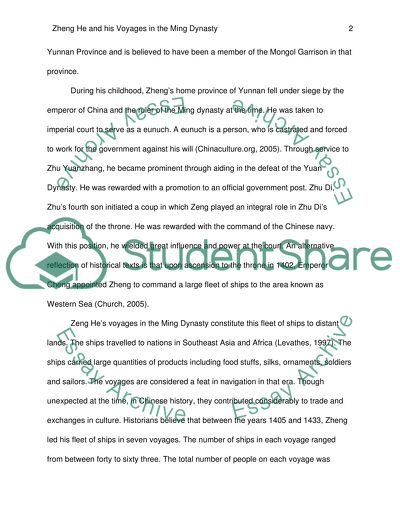Cite this document
(“Zheng He and his voyage in Ming Dynasty Term Paper”, n.d.)
Retrieved from https://studentshare.org/history/1397233-zheng-he-and-his-voyage-in-ming-dynasty
Retrieved from https://studentshare.org/history/1397233-zheng-he-and-his-voyage-in-ming-dynasty
(Zheng He and His Voyage in Ming Dynasty Term Paper)
https://studentshare.org/history/1397233-zheng-he-and-his-voyage-in-ming-dynasty.
https://studentshare.org/history/1397233-zheng-he-and-his-voyage-in-ming-dynasty.
“Zheng He and His Voyage in Ming Dynasty Term Paper”, n.d. https://studentshare.org/history/1397233-zheng-he-and-his-voyage-in-ming-dynasty.


